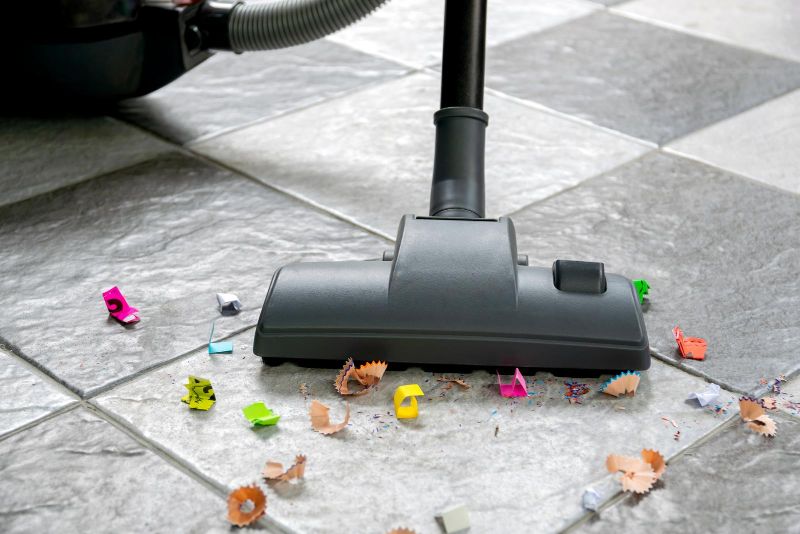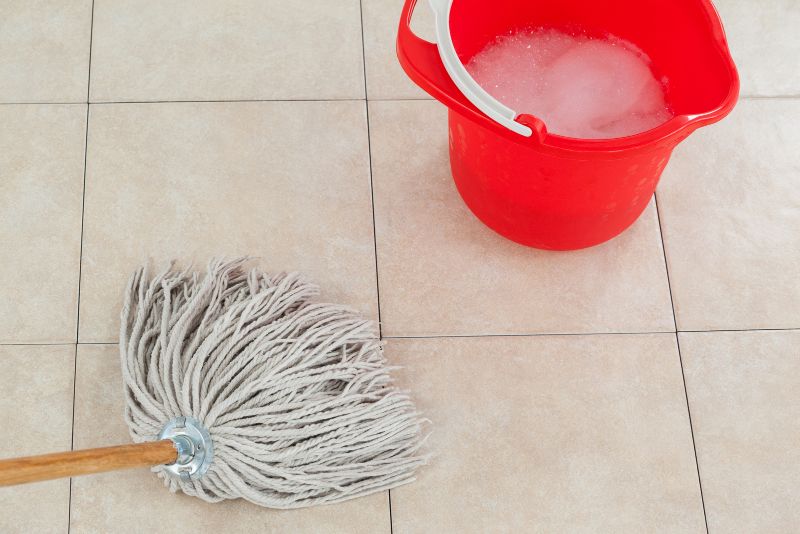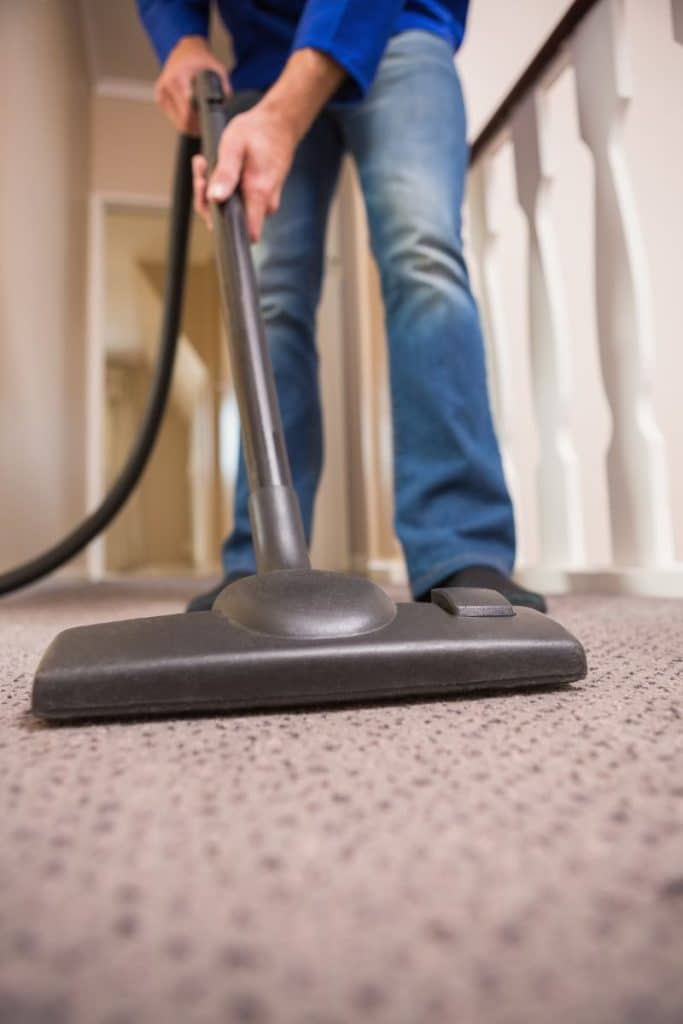When it comes to maintaining a clean and organized home, flooring is a crucial aspect to consider. However, selecting the appropriate cleaning method for different types of flooring can be challenging. There is a wide range of flooring materials, each with unique characteristics and maintenance requirements. From hardwood’s warmth to marble’s elegance, tiles’ durability, and carpet’s comfort, every floor requires understanding and care. This guide will explore methods to identify the right cleaning approach for all flooring types, helping you keep them looking their best.

1. Understanding Different Types of Flooring
When it comes to choosing a flooring option, the choices can be overwhelming. From the timeless elegance of hardwood to the practicality of tile, there are various materials to consider. Linoleum and carpet are also popular options that come with their own set of advantages.
Hardwood flooring adds warmth and beauty to any space, while tile is ideal for high-traffic areas and can withstand spills and stains. Linoleum is eco-friendly and easy to maintain, while carpet provides comfort and insulation to walk on. Each type of flooring has unique characteristics, and understanding them is crucial in making the right choice for your home.
2. Setting up the Right Cleaning Equipment
To clean your floors efficiently and effectively, setting up the right cleaning equipment is crucial. Cordless tile floor vacuums, like vacuum cleaners, are valuable tools for this task. With their maneuverability, they can easily reach corners and areas under furniture, making them ideal for tile floors. Cordless vacuums are designed to pick up small debris and dust that brooms may miss, ensuring a thorough clean.
Vacuums are essential, but a high-quality mop is also necessary for deep cleaning. It can remove stubborn stains and sanitize the floor. Brooms are great for quick daily cleanups. Choose equipment that complements your floor type. For example, use a soft-bristled broom for hardwood floors to prevent scratches, and consider using steam mops for tiles to ensure deep cleaning and disinfection.
However, not all equipment is easy to use and might not always provide the desired results, especially for delicate flooring or rugs. LA residents don’t hesitate to hire area rug cleaning services near Los Angeles to ensure their rugs are handled with care and cleaned thoroughly. Professional cleaners can target tough stains and allergens, giving your home a fresher, healthier environment.
3. Knowing What Not to Use
Equally important to knowing what to use is understanding what not to use when it comes to cleaning your floors. Using abrasive cleaners or rough bristles can damage your flooring, leading to costly repairs or replacements. For instance, while reaching for the bleach for a deep clean is tempting, it can discolor and weaken certain types of flooring like hardwood and linoleum.
Using hard-bristled brooms or brushes on soft surfaces like carpets or hardwood can cause scratches or fraying. Also, be cautious with oil-based soaps and wax on tile or laminate flooring, as it can create a slippery surface. Always check cleaning product labels and ensure they’re safe for your specific flooring material. Understanding these details will keep your flooring beautiful and durable for years.
4. Finding the Right Detergent Solutions
Choosing the right floor cleaner is vital to maintain vitality and durability. For hardwood floors, a mild detergent solution usually works well. Dilute pH-neutral soap in warm water and apply sparingly to prevent warping. For linoleum flooring, a vinegar and water mixture effectively removes dirt without causing damage.

Ceramic tiles can handle strong cleaners like commercial tile cleaners, vinegar, and warm water mixture. Rinse well to remove residue. For carpeted floors, use specially formulated carpet cleaning solutions. Always spot-test new solutions in an inconspicuous area to avoid discoloration or damage. Understand your floor type to choose the best and safest cleaning solution.
5. Make sure You Don’t Damage Your Floors
Always test a small, inconspicuous spot before cleaning an entire room or area. This step will ensure that the cleaning method and chosen solution do not cause any damage or discoloration to your floors. Also, avoid over-wetting your flooring, as it can lead to warping, staining, or mold growth.
Instead, follow the recommended instructions for your chosen cleaning method and solution, paying attention to the amount of water or cleaner used. These precautions will protect your flooring from any potential damage and ensure a successful cleaning.
6. Organizing a Regular Cleaning Schedule
Maintaining the cleanliness of your floors requires a consistent effort. Establishing a regular cleaning schedule is crucial in ensuring your floors look their best. Daily or weekly maintenance may be necessary for high-traffic areas, while less frequented spaces may require less frequent cleaning. Also, regularly sweeping and mopping your floors can help prevent dirt buildup and maintain their shine.
In addition to regular cleaning, it’s essential to address spills and stains immediately. The longer they sit, the more challenging they are to remove, and can potentially cause permanent damage. Additionally, consider using doormats at entryways to trap dirt and debris before it reaches your floors.

Different types of flooring require specific cleaning methods and solutions to maintain appearance and durability. Understand your flooring, choose the right tools and cleaning solutions, and follow a regular schedule to protect your floors and keep them in top condition. With these tips, you can confidently clean any mess on any flooring in your home.
